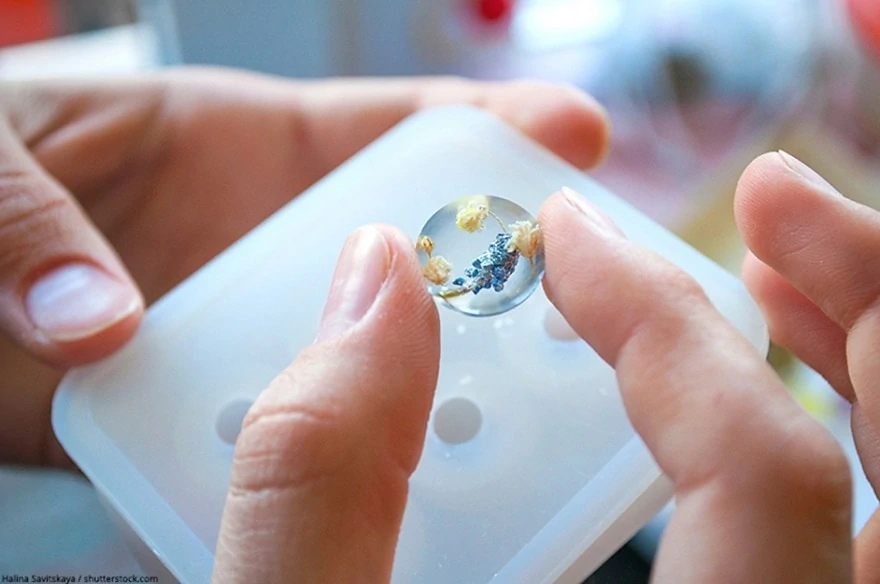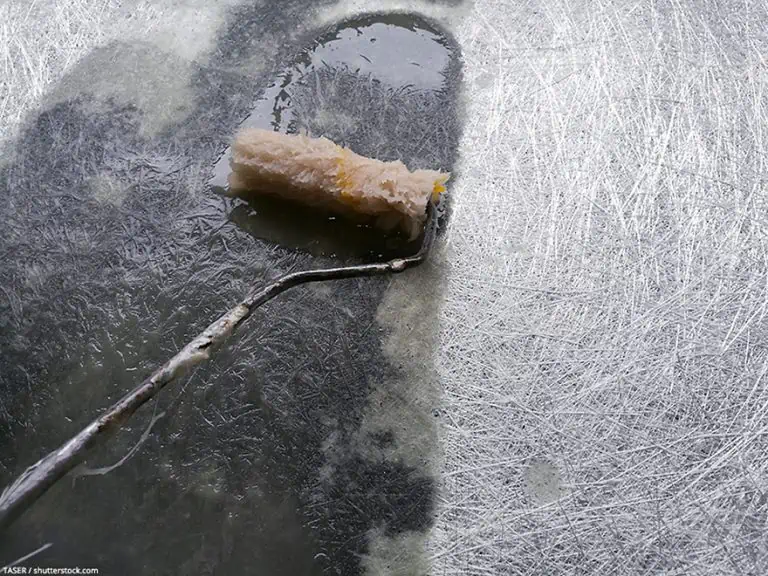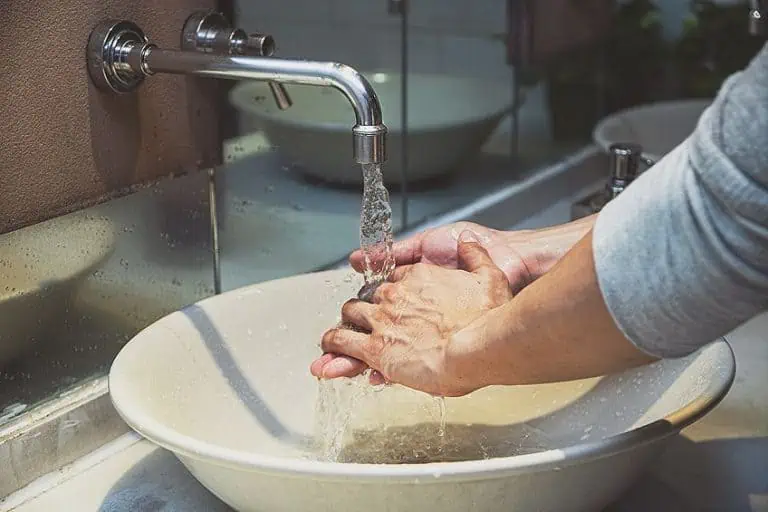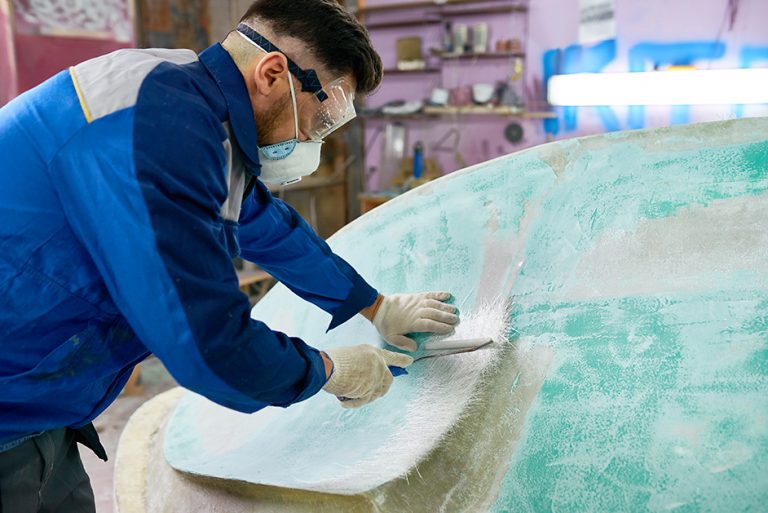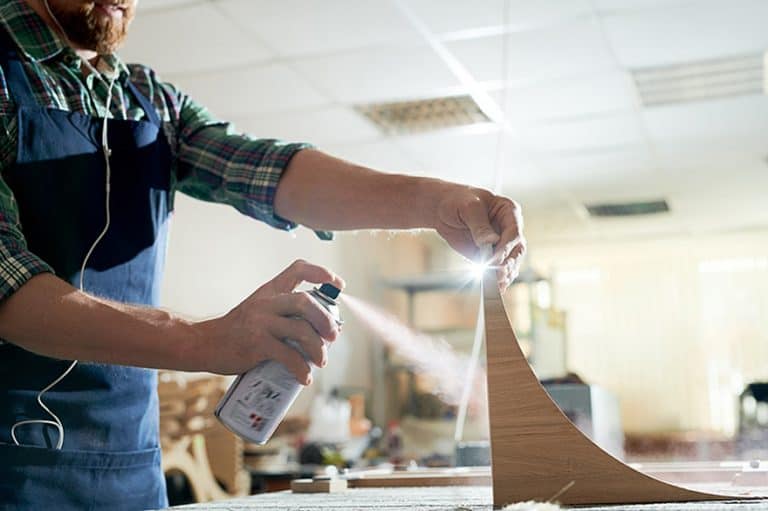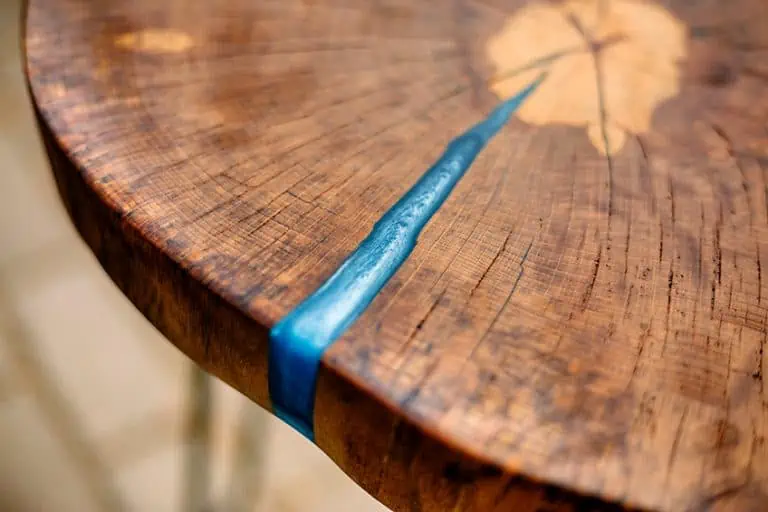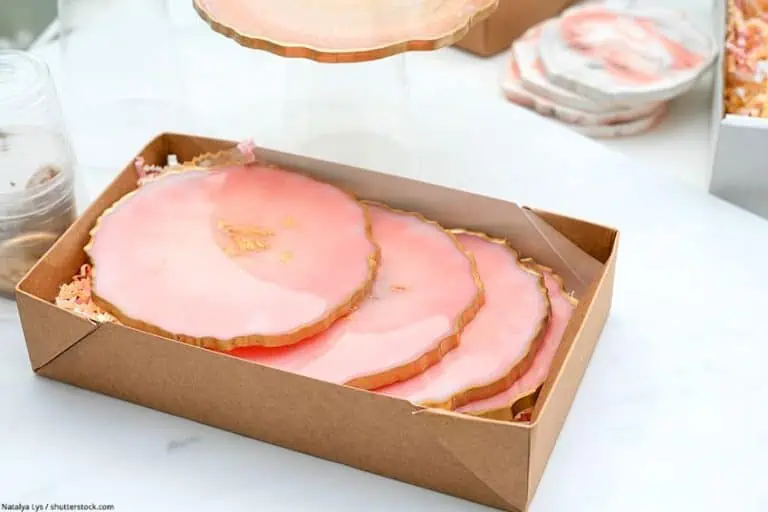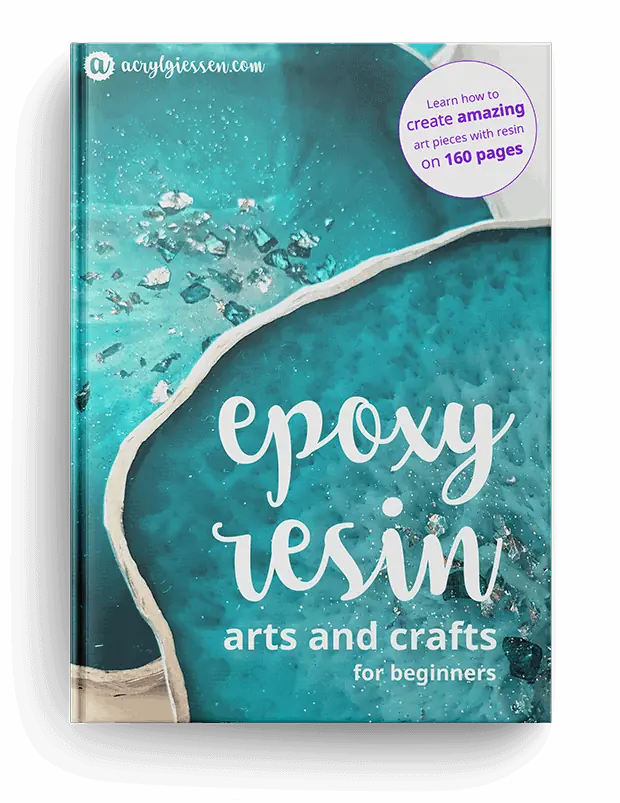How long does Epoxy take to Cure – Complete Guide for Epoxy Dry Time
This post may contain affiliate links. We may earn a small commission from purchases made through them, at no additional cost to you.
Are you looking to create one-of-a-kind jewelry, or to add a unique, waterproof finish to your living room table? Whatever you plan to use it for, epoxy resin is a fun DIY project with endless possibilities. However, using epoxy resin for the first time can be tricky, and curing the adhesive is an important step that might need a little more attention than other projects. In this guide, we will walk through the basics of epoxy resin dry time, so that your projects come out looking perfect on the first try!
Table of Contents
General about Epoxy Resin Dry Time
When making your project, epoxy resin dry times will vary based on the type of resin you use, and that information should be made available to you by the manufacturer. Usually, it takes around 72 hours to fully cure the epoxy. Whatever the dry time, the resin should be allowed to fully cure before attempting to move or sand it. If the epoxy isn’t allowed to rest until fully cured, your project will be prone to surface contamination. This may cause smudging, fish-eyes, or an uneven surface.
What is the fastest Way to Cure Epoxy Resin?
During your projects with epoxy resin, you might wonder to yourself “is there a way to avoid all this waiting around?” Depending on how you use your epoxy resin, dry times can vary, but we have a few tips on how to speed up epoxy dry time.
- Buy a Faster-Curing Resin – Purchasing a faster-curing epoxy resin will speed up the drying process. Quick-drying resins have a fast acting curing agent in their ratio, and many will start to cure minutes after pouring. This method is not recommended for first-time epoxy resin users, however, because it narrows the window in which you will be able to work with your resin and is less forgiving of mistakes.
- Prewarm Your Materials – Another method for speeding up epoxy dry time is warming your materials before working with them. Using water that is hot to the touch, allow your bottles of resin to sit for five to ten minutes before using them. You can also apply heat after you have poured the epoxy using tools such as heat guns or hair dryers. Be sure to apply the heat evenly and beware of cracking and bubbles when using this method.
- Increase Room Temperature – increasing the room’s temperature by even a few degrees can have a high impact on your epoxy’s cure rate. Adding a heat lamp or just bumping your thermostat up will decrease your epoxy resin dry time.
- Use UV Resin – UV Resin gets cured in around 2 minutes under a UV lamp, this is the fastest method to get your resin cured. This is a specialized product and cannot be castesd in too thick layers.
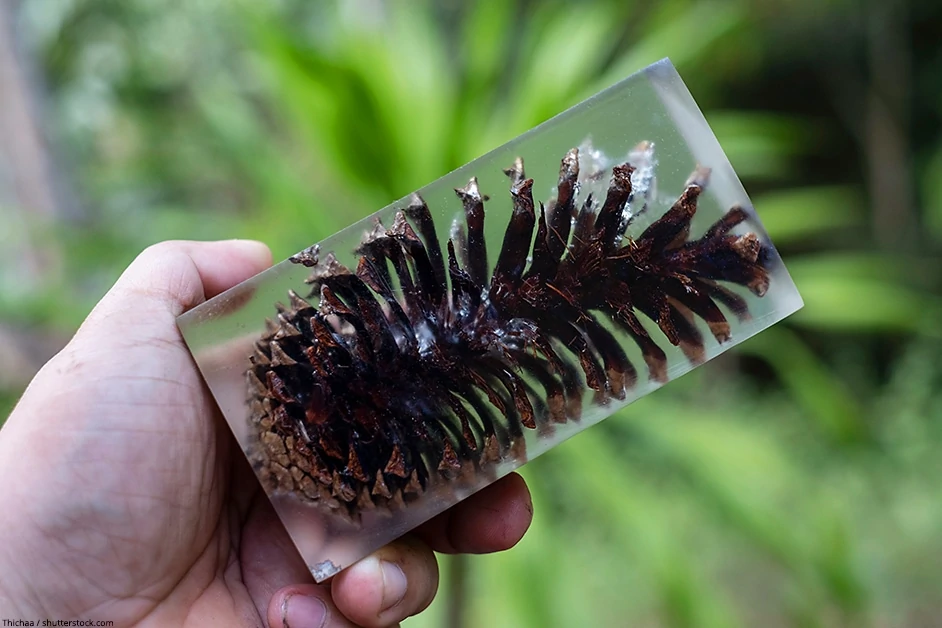
What you should not do to speed up Epoxy Resin Cure
While there are a few time-tested ways to increase the cure rate of your epoxy resin, there are also a few things we suggest you avoid when attempting to do so.
- Don’t Add Too Much Curing Agent – Adding more than your epoxy’s recommended curing agent is a bad idea. Doing so can decrease the resin’s “pot time”, or the amount of time in which your epoxy is workable. This may result in a resin that begins to harden even as you pour it.
- Don’t use too much color – If you use more than 7% of color comparing to the resin and hardener, you possibly can get bad results
- Don’t Mix Match Materials – Using a curing agent that is different than the one your epoxy came with is not recommended either, as the two may not be compatible. If you use a curing agent that doesn’t work with your base, the mixture may never cure at all.
- Don’t Use More than the Maximum quantity – We recommend that you don’t use more of each component than the manufacturer recommends, even if you’re still using the proper ratio. This can cause overheating in the curing agent and lead to a mixture that hardens while pouring or very soon after.
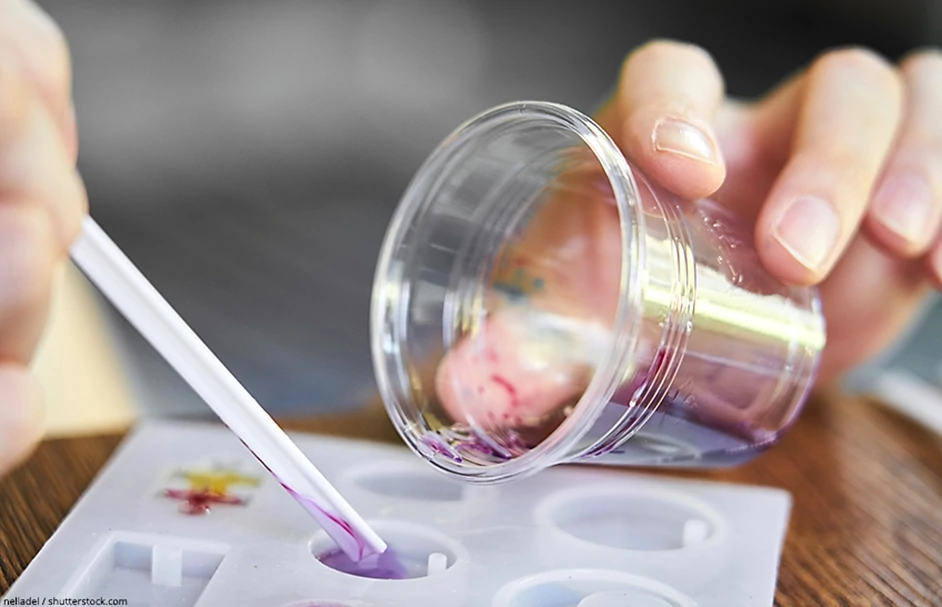
Negative factors when epoxy resin cures uneven
- Yellowing can occur – the resin is unevenly colored
- The surface can be sticky at some points
- Epoxy Resin can get non transparent
- Blushing can appear
- The surface can be uneven with glossy and non-glossy parts
- Adhesion on the base can get worse
Other Factors affecting your Resin when faster Curing appears
What are some factors that might be affecting your epoxy dry time? Here are just a few things that might be changing the way your resin dries without you knowing.
- Temperature – As we said before, temperature is very important when drying epoxy. If the environment you work in is affected by cold weather, it may affect epoxy dry time. A lower-than-usual room temperature will cause your epoxy to cure slower.
- Using Additional Hardening Agents – Adding any hardening agents to your mix that aren’t recommended by the manufacturer could speed up your epoxy’s drying time, but it may also leave your work looking yellowish or cloudy. When using the proper ratio of base to curing agent and controlling your workspace’s temperature, your epoxy dry time can be controlled easily without the need for any additional agents.
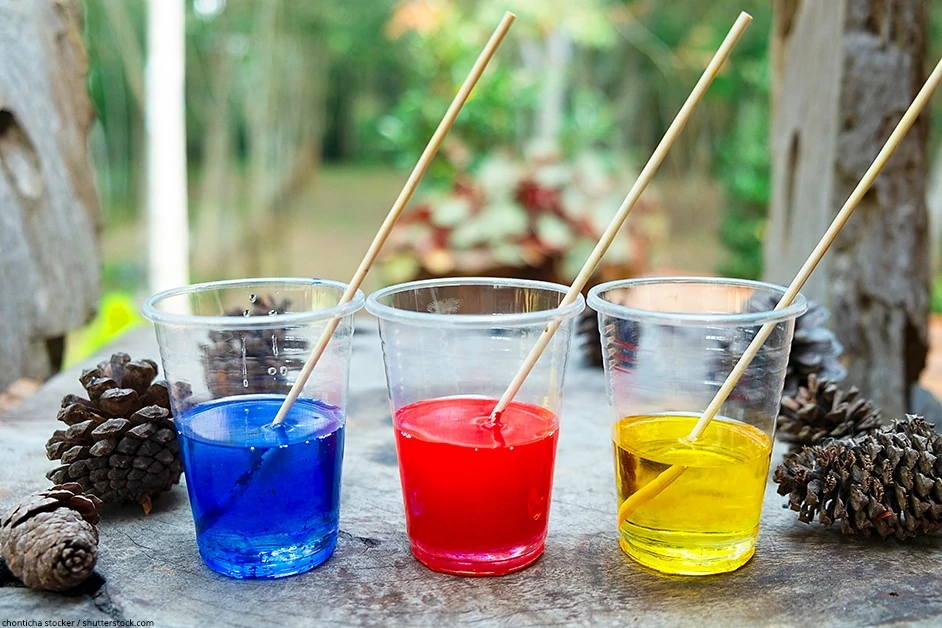
Tips and Tricks
- Your mixture may become too hot to touch at the end of its pot life- be sure to watch the time to avoid getting burned!
- When mixing your epoxy resin, it is very important the materials are the same temperature. If they aren’t, your resin may have trouble curing evenly!
- Mixing your resin thoroughly is also very important to dry time and even curing. Be sure your ratio is well-mixed throughout your resin!
- Epoxy resin is an exciting way to cure your DIY projects at home, so have fun with it!
In 2005, Charlene completed her wellness degrees in therapeutic aromatherapy and reflexology at the International School of Reflexology and Meridian Therapy. She worked for a company offering corporate wellness programs for several years before opening her own therapy practice. In 2015, she was asked by a digital marketer friend to join her company as a content creator, and it was here that she discovered her enthusiasm for writing. Since entering the world of content creation, she has gained a lot of experience over the years writing about various topics such as beauty, health, wellness, travel, crafting, and much more. Due to various circumstances, she had to give up her therapy practice and now works as a freelance writer. Since she is a very creative person and as a balance to writing likes to be active in various areas of art and crafts, the activity at acrylgiessen.com is perfect for her to contribute their knowledge and experience in various creative topics.
Learn more about Charlene Lewis and about us.
